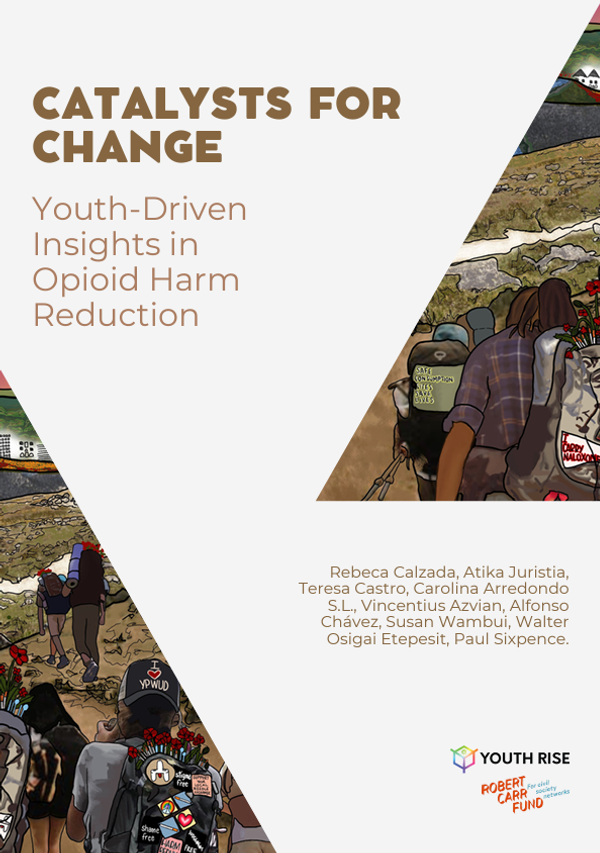Catalysts for change: Youth-driven insights in opioid harm reduction
The UNDOC 2023 World Drug Report provides insights into the prevalence of opioid use among individuals aged 15-65 in different regions. In Africa, the prevalence stands at 1.24%, which represents 9,670,000 people. Europe has 3,790,000 users, revealing a prevalence of 0.78%. The Americas reports 11,940,000 people who use opioids and a prevalence rate of 1.74%. Meanwhile, in East and Southeast Asia, 2,780,000 people experience opioid use, representing a prevalence of 0.17% (UNDOC, 2023).
The response to opioid use among young people remains a public health concern in every region of the cohort. Addressing the specific needs of young people who use opioids (YPWUO) demands a profound commitment to elevate their voices and support them to lead this urgent discussion. Furthermore, it is essential to acknowledge the role of harm reduction in responding to their needs and challenges.
The objective of this article is to present the results and recommendations from a discussion held by a cohort consisting of young people who are using opioids, harm reduction practitioners, or, in some cases, both, based in various regions worldwide. The discussion was divided into a series of conversations centered on understanding the needs and challenges faced by young people who use opioids (YPWUO) and harm reduction practitioners.
The article is organized into a total of five divisions. The initial division offers a concise elucidation of the employed methodology.Subsequently, the second division encompasses the political backdrop surrounding drug use and the availability of harm reduction services (HRS) in each respective setting where the collaborators are situated. The third division presents the prominent themes that emerged from online discussions regarding the barriers to access to harm reduction and health services and the needs of young individuals who consume opioids and harm reduction professionals. The fourth division expounds upon recommendations that aim to effectively address the necessities and challenges encountered by this particular group of young people who use opioids and harm reduction professionals. The fifth division concludes the article by providing some final remarks.
